The second revolution which is the industrial revolution saw the rise of machines that brought about manufacturing process that produced items on a massive scale, items that prior to the time was produced using basic tools and hand tools as well. And from there on, humanity enjoyed an unprecedented amount of technological breakthroughs. And with the rise of computers or should I say, personal computers, in the 21st century, saw the astronomical rise of increased productivity across the world. And in 2009, with the invention of bitcoin by an unknown Satoshi Nakamoto marked the beginning of a new era of digital currency that needed no 3rd parties or middlemen in order to facilitate financial transactions. Bitcoin and the blockchain technology has ever since been accepted as a legal way of transferring and storing value and can be easily said to the be the next generation technology. With the internet, you can transfer information to anyone located in the most remote parts of the world at little cost. And with the advent of Bitcoin and blockchain technology, powered with the internet solves a number of fundamental problems. Despite the ability of the internet to transfer information at a fast and cheap note, it is difficult to realize the point to point value delivered, without depending on a central authority to account for the functions. And this is because the value being transmitted has to possess a certain uniqueness which is different from the counterfeit information that can be replicated. So, blockchain technology solves the problem of time-ordered, and tamper-proof cryptographic books, distributed dynamic networking, consensus mechanism and intrinsic mechanisms. Distributed Dynamic Networking: Due to the complexity of the blockchain, there are several participating nodes, each node exit/join to the other. The maintenance of this dynamic connection becomes crucial in order to sustain the network. The demand for P2P technology is on the rise as its application in download and video distribution is becoming popular. Time-ordered and tamper-proof cryptographic books: The ledger structure of the blockchain comprises two entities, which is in order to prevent tampering and improve efficient comparison between two blocks via the hash structure. A chain is created by a series of blocks of data, and each block contains a hash value of the previous block and the latest transaction set. Secondly, In order to identify the owner of the asset, a public key cryptography mechanism is employed; the use of the owner’s public key is utilized as identification, making only the holder of the corresponding private key access to the given digital asset Mechanism Consensus: This takes into consideration verification and confirmation of each transaction on the blockchain which solves the problem of double payment while checkmating the uniqueness of every transaction. This is the very core of blockchain technology as it not only solves the problem of traditionally distributed consistency, it also maintains the unification which repels malicious attacks and ensures that all transactions are correct Inherent Incentive Mechanism: And in order to maintain and ensure the security of the decentralized network, the blockchain will have an incentive system in order to enable nodes involved in the network accounting to have some benefits. The Blockchain is a new generation disruptive technology, and one can call it a new revolution where information and value exchange will significantly reduce transaction cost, which in turn will change the global business landscape for good. The blockchain as it has come to be known as a technology that removes all third-party intermediaries and allows for the transfer of value between two parties in a safe and reliable way, via a computer network. These transactions are recorded in an open and public ledger in the form of blocks that can be accessed by everyone. This ledger is characterized by being unchangeable, transparent, and is capable of executing business rules automatically in an automated fashion. The impact of the blockchain is enormous as its impact on the financial world will bring about a reduced cost of transactions. The major features of the blockchain driven business model include: The fundamental architecture driving the technology is integrated into the distributed network structure and the important participants are in the peer-to-peer relationship, with no one as a subordinate The system that creates value is integrated into a zero marginal cost under the digital rule The growth of value structure is integrated into “Moore’s law” which is once crossing the inflextion point, the growth pattern promptly becomes exponential The organizational structure is geared towards making the community an autonomous ecosystem and platform organization as the operation architecture Cooperation structure is integrated solely on consensus rather than instructions The reward sharing system is based on common sharing, separate sharing and shared by others Performance Challenge - Bitcoin and Ethereum blockchain both can only handle a few dozens of transactions per second. And in recent times, the Ethereum blockchain was put under immense pressure due to a suddenly increased number of transaction volume, which the platform can’t keep up with. The makes the commercialization of blockchain technology difficult due to the shortage of transaction processing abilities. Insane Energy Consumption - The Bitcoin blockchain where miners need to solve complex mathematical puzzles in order to win the next block accounting as well as block awards. The only problem is that this structure requires high energy with is consumed in the solving this complex puzzles, and the mining process of creating each block Application Threshold - With the rapid adoption of blockchain technology for businesses applications, it is difficult to meet up these needs. With the high technical requirement, and large development engineering cost of the development of blockchain applications. These applications face a difficulty in getting integrated to platforms with large users base, as support management will be difficult, and the cost will be on the high. Value Isolation - Despite the popularity of the blockchain its inherent potentials, its application and uses across different platforms is relatively low, thus leading to its value system and economic potential being crippled, leading to low liquidity. This lack of liquidity also increases the cost of customer acquisition and keeps the digital asset and services in a closed business environment. BUMO creates a new generation value circulated trust network that enables the free flow of value, in a similar fashion as to how information flows. In other words, BUMO can be said to be a ubiquitous trust network which allows for the creation and transfer of values between independent systems. These independent entities come together to make up a closed network of values. With BUMO, a large number of smart devices are integrated. BUMO focuses on the future of value circulation network which provides an efficient, open and scalable technical support to meet the need of asset digitization and the circulation of value in various industries such as social network, internet of things, finance. And this will enable BUMO establish a wider machine trust via the connection of all these entities with the aid of the internet of things. This will create an organic solid trust basis for user data, value circulation, intelligent equipment and digital asset, which at the end will be to the benefits people. One of the major vital steps of achieving blockchain integration is via the easy integration of individual, corporation who will avoid the complex and costly processes in favour of the traditional value transfer system. BUMO’s solution allows users to create and launch dApps (decentralized applications) without any key development knowledge. This will be made possible with the easy to use library templates that can be accessed by users. The BUMO public chain infrastructure allows for all asset to be tokenized, regardless if they are game points, loyalty tokens, financial assets, insurance, real asset, fixed assets; also assets in circulation are easy to transfer. And BUMO enables these values to be easily circulated across the borders of the world via different chains. Network Composition The BUMO network is a seamless open and autonomous system that links the physical world and the digital blockchain world together. Where any device can be a part of the network, functioning as a node, and can perform activities like application development, network maintenance and value circulation together with the other connected systems, thereby creating a ubiquitous global scale network. BUMO’s physical components includes the following Node - Any smart device or computer connected with the network is one of the major components, and it possesses the power of autonomy Candidate Node - Every node can have a shot at being a candidate node, the first sets of qualified N notes are selected as the candidate nodes, and candidates who have made it past the lottery/election becomes the validator node, and N can be determined based on the performance requirements and the network scale Validator Node - This is a candidate node that has been chosen via lottery or an election to become the validator node. The validator is responsible for dispatching resources, network accounting, as well as secure the rewards of network transaction costs. Consensus Mechanism BU firework is a proposal from BUMO which is a new consensus algorithm, “DPoS+PBFT” as it is called is designed to attain higher transaction throughput, security and scalability. This new BU firework algorithm is a dynamic validator for an election which is quite different in comparison to the traditional PBFT (Practical Byzantine Fault Tolerance) and POS (Proof of Stake). The BU Firework algorithm consensus has the following links: During the selection process, all nodes can apply to be candidate nodes, and the qualified first N nodes are then selected to become candidate nodes All existing nodes on the network can vote for the right and interests of the candidate nodes, and each candidate will be awarded an equity sum C. The first M candidate node will be elected as the validator node. This voting process maybe be continuous or cyclical Validator node attains a consensus and completes the blocking validation nodes in the BFT algorithm, with Function F (S) indicates the weight of validator nodes in the BFT algorithm. In the event of a Nothing-at-stake attack, when a validator node is seen to be malicious in behaviour, the deposit managed by validator node is forfeited and removed from the set of validator nodes. A new candidate node is selected to replace the validator node Prevention of long-range-attack, all validator nodes will commence a deposit freezing stage when redeeming the deposit. This is to prevent malicious validator nodes from redeeming the deposit Incentive Mechanism The BUMO tokens are known as “BU” which is an in-built local digital token that is utilized to measure and characterize the economic activities on BUMO. As smart contracts or transactions initiated by users occupy resources of the blockchain network, it is crucial that a certain fee known as GAS is paid, and it is measured in BU. And for clarity, in order to successfully quantify the aspect of GAS, the blockchain resources are then divided into two parts: Storage network fee and calculation fee. The storage and network fee is associated with types of transaction and size of storage, which the second being calculation fee, this the fee allocation of a certain amount of calculation based on the BU weight held. BUMO Network assigns time to carry out smart contracts based on the amount of BU, the more BU held, translate to a longer execution time. Gas Allocation Mechanism: The validator node contributes to the overall activity of the blockchain network, so GAS is awarded to the given validator node. The average allocation comes first, then the modulo allocated which is based on the number of validator nodes and block height. The formula for calculating this is as thus: Average cost incentive = total cost/number of validators Gas Adjustment Algorithm: Standard registration fee: for a validator to vote, a registration fee is required A standard fee for registration cancellation: Voting: The fee for validator votes is standard, and when votes reach a threshold, the standard fee wins. The relevant data is deleted afterwards, and the threshold is set up for 80% of the total validators Vote Withdrawal: The registrant can withdraw vote is he pleases Smart Contracts This is a computer protocol that is designed to digitally verify, facilitate or enforce the performance or negotiation of a contract. When a smart contract has been triggered, the contract engine allocates memory resource and CPU to run the contract, in the end, it accomplishes the business logic to which it was designed. Smart contracts need to accomplish two characteristics: One, the contract can stop, and the program will be able to end in a limited timeframe. Secondly, Certainty, inputs must generate the corresponding sets of outputs, this removes all uncertainties. BuContract (BUMO Contract) developers have the ability to redesign and customize the outlook of their smart contracts that will be utilized for applications. The account provides the smart contract with the ability to access information on the blockchain. BuVM (BUMO Virtual Machine) This is the execution environment of smart contracts which makes available well-controlled logic for upper high-level language transformation and parsing, application layer and flexible support which basically supports the virtual machine. Cross-Chain Interoperability BUMO plans to implement two blockchains cross-chain transaction architecture which are Isomeric Interchains (BU Canal) and Isomorphic InterChains (BU Orbits). The connectivity between independent blockchain has ensured the validity of a cross-chain which proffers data security and privacy in transactions. The recent surge in the blockchain transactions and active users, BU Orbits hopes to address some of the fundamental challenges the current single chain systems face. Some of the major advantages the BU Orbits has over existing solutions include Supports differentiated child chain technical characteristic The creation and consistency of the Child Chain and the separated storage of the child chain book The overall book structure of index and hash for the free flow of value Use Case 1 Mariam runs a chain of local grocery stores within her community, she is very popular, and she has cashed in on her popularity to effectively market her grocery stores. Everyone shops with Mariam because she offers the best prices and her stock as high quality. Mariam is aware of the presence of technology, especially blockchain technology, and she knows there disruptive power it possesses. She hopes that she can leverage this disruptive power of the blockchain and implement it into her chain of stores. Her son who is in college so happens to know a lot about blockchain technology, and he helps his mum out by using the (BUMO network to completely give his mum's business a major digital facelift. Mariam's chain of stores now has an app where her customers can easily access and interact with her business, and she now has her own tokens that serve as a native token for her platform. Mariam is now a happy woman. Use Case 2 A locality in a third world nation was hit by a major natural disaster, and weeks after the disaster, government agencies and humanitarian bodies are trying to in to assess the situation. There are several challenges, and one of the major challenges is that the last population census conducted in this community was over a decade ago, and their record keeping is poor, so there are no accurate records of the number of people who live in this community. Something has to be done, using the BUMO platform since mobile devices can be used as nodes that can be used to both access the blockchain, as well as contribute to the blockchain. This was used to collect data of the number of people within the community, thereby accounting for the living and the dead. In the end, a new population census was done using mobile phones, via the BUMO Network.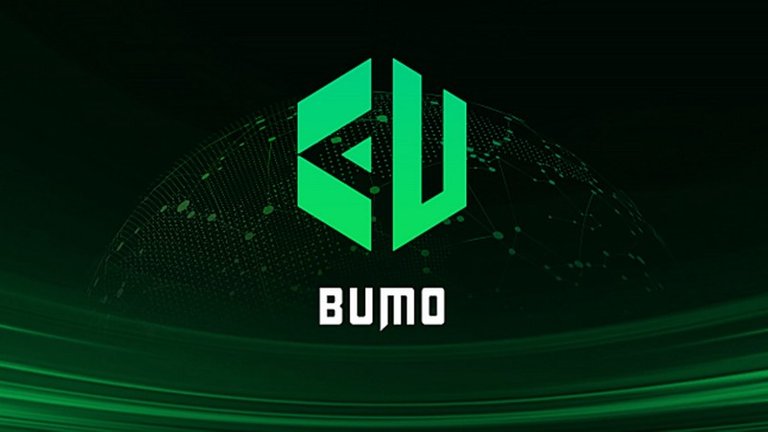
Image source
Introduction
There have been two major revolutions that have transformed the way humans live, one is the agricultural revolution which was a period where technological improvement brought about a higher yield in agricultural produce. This occurred between the 18th and 19th century, and it saved humanity from extinction because at the time, Thomas Malthus an English scholar postulated that humanity was going extinct because of the exponential increase in population growth, and at the time, mankind was not producing enough food, so humanity was going extinct due to lack of food to feed the increasing population. In what is known today as the Malthusian Theory.The Challenge Faced By the Blockchain
Digital Trust and Distributed Business
Blockchain bottleneck
With the recent success of Bitcoin hitting the mainstream media, blockchain technology has received a global recognition. And as the core technology behind the value internet, people expect to leverage on blockchain to solve a lot of real-world problems. Just like everything else, blockchain still has some loopholes and bottlenecks, and a couple of them are:
BUMO is the Solution
Easy Integration
The BUMO Network System
Any smart device can participate in the verification process of data integrity, and with the development of the internet of things, more devices in production will become more intelligent and possess high processing capacity.
Parameters that relate to GAS are stored on the blockchain, sets of GAS adjustment algorithm is used in the generation of new GAS parameters by the community via a voting process which is based on the current network development. The following operations are provided by the algorithm:
Use Case
Annexes
Video Presentation
Twitter Link
The Team
Partners
Additional Resources
BUMO Website
BUMO WhitePaper
BUMO TechnicalPaper
BUMO Telegram
BUMO Weibo
BUMO Reddit
BUMO Facebook
BUMO Twitter
BUMO Github
BUMO Wallet
This is an @originalworks sponsored contest
bumotwitter
bumo2018
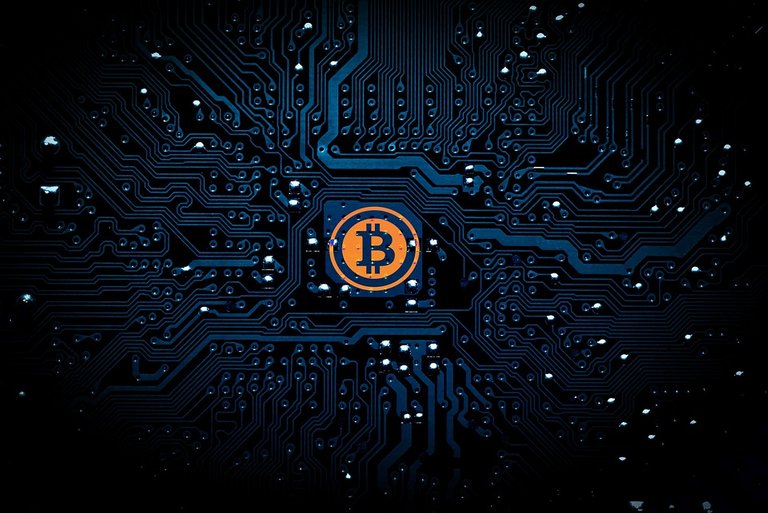

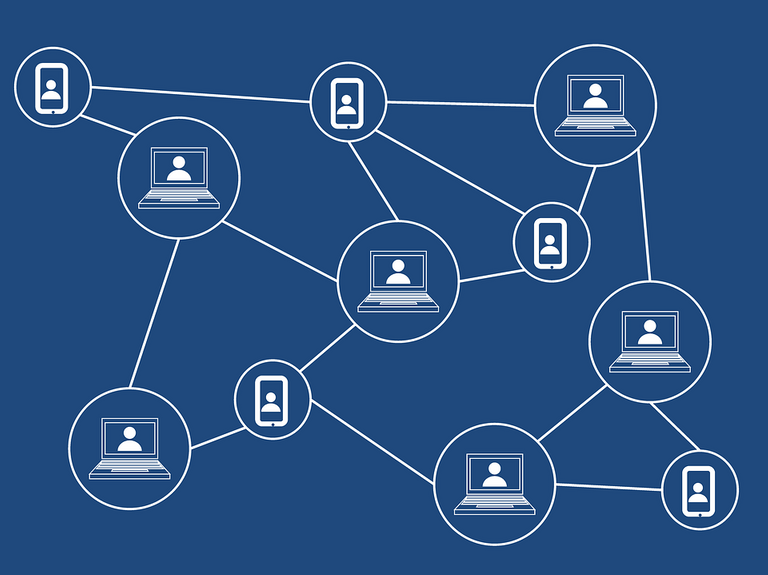
)
)
)



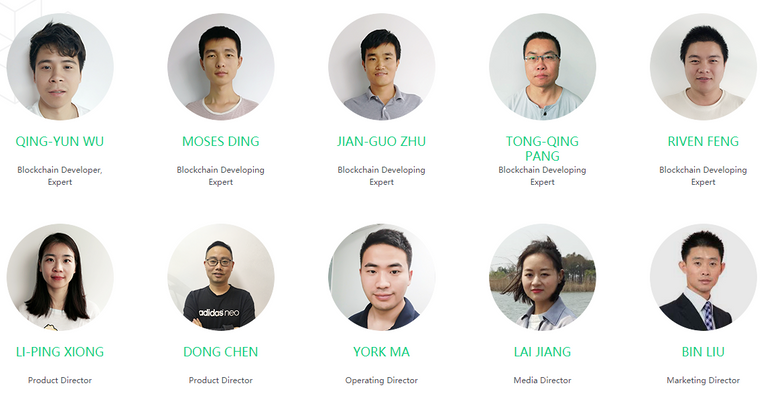

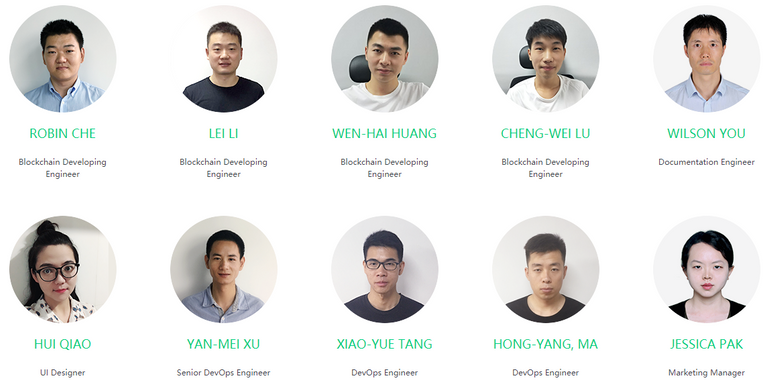
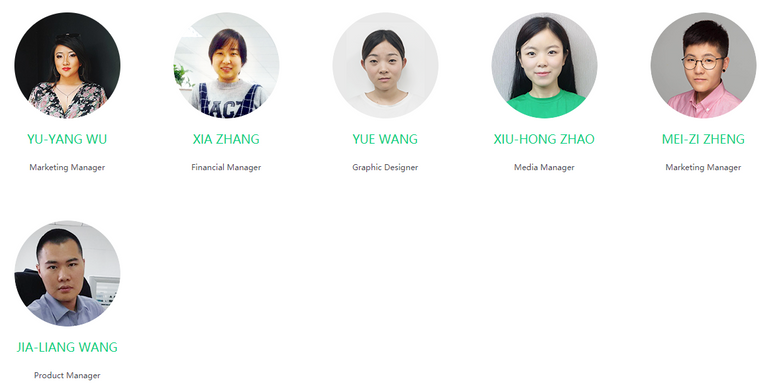
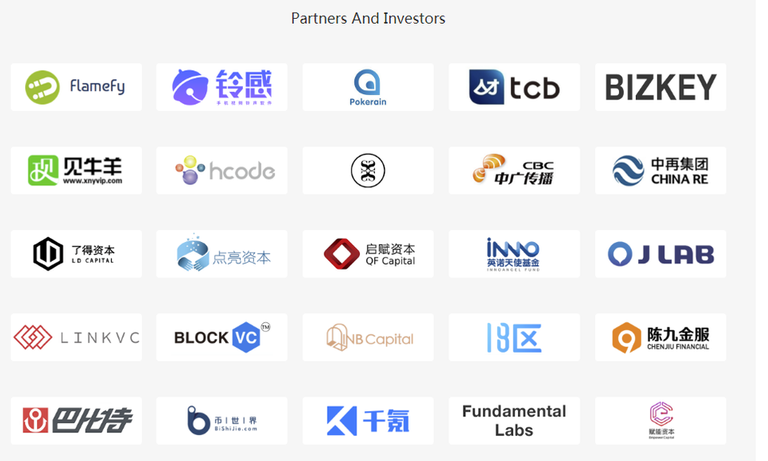
This post has been submitted for the @OriginalWorks Sponsored Writing Contest!
There is also a bonus CateredContent Event to earn additional Steem!
You can also follow @contestbot to be notified of future contests!
Thanks for using eSteem!
Your post has been voted as a part of eSteem encouragement program. Keep up the good work! Install Android, iOS Mobile app or Windows, Mac, Linux Surfer app, if you haven't already!
Learn more: https://esteem.app
Join our discord: https://discord.gg/8eHupPq